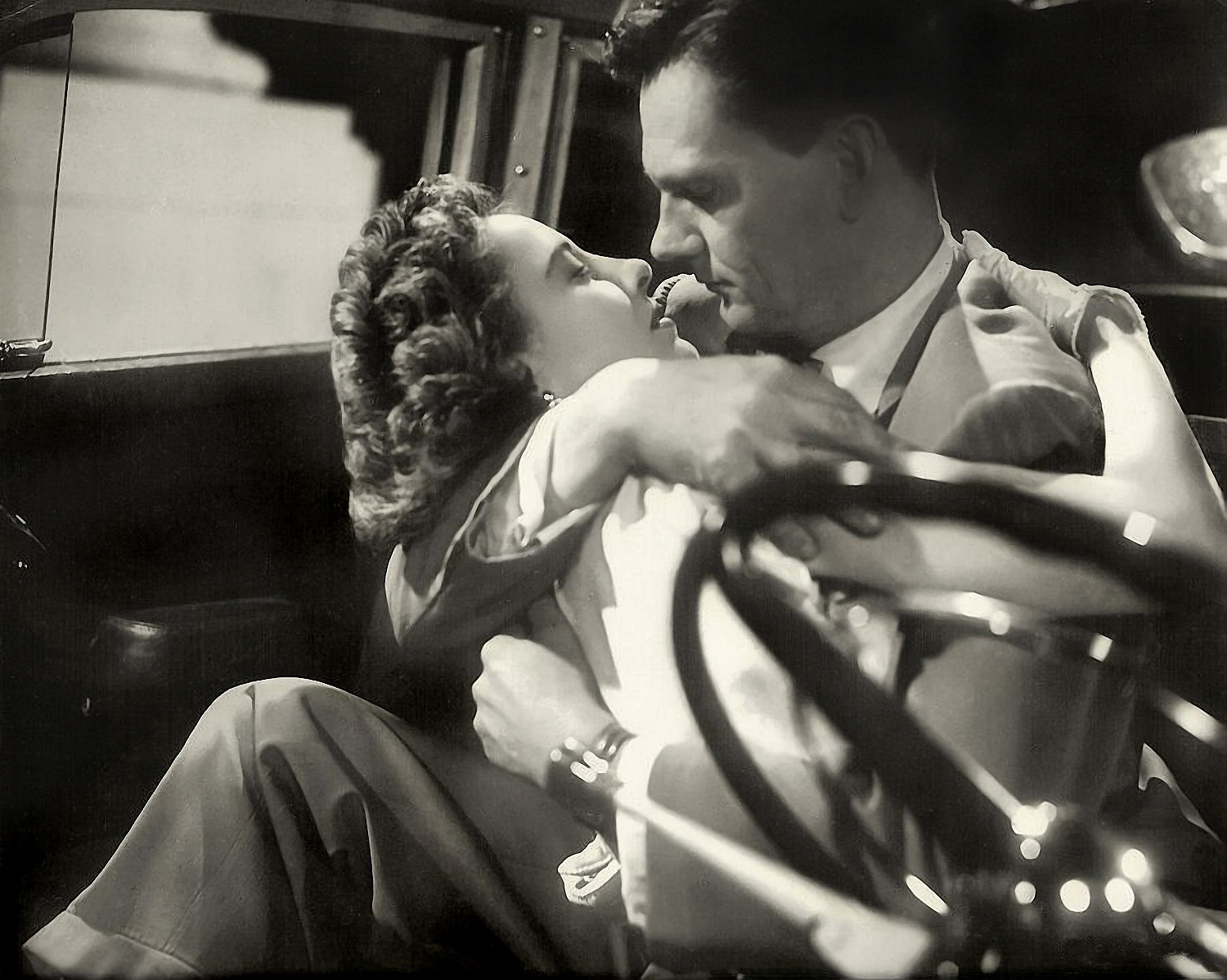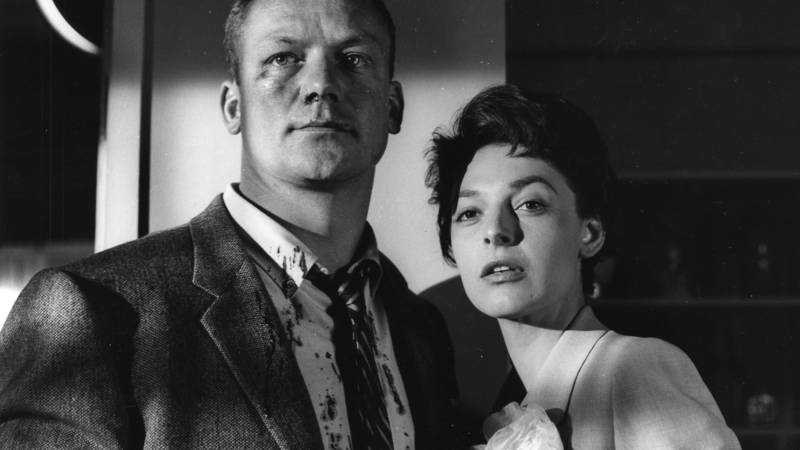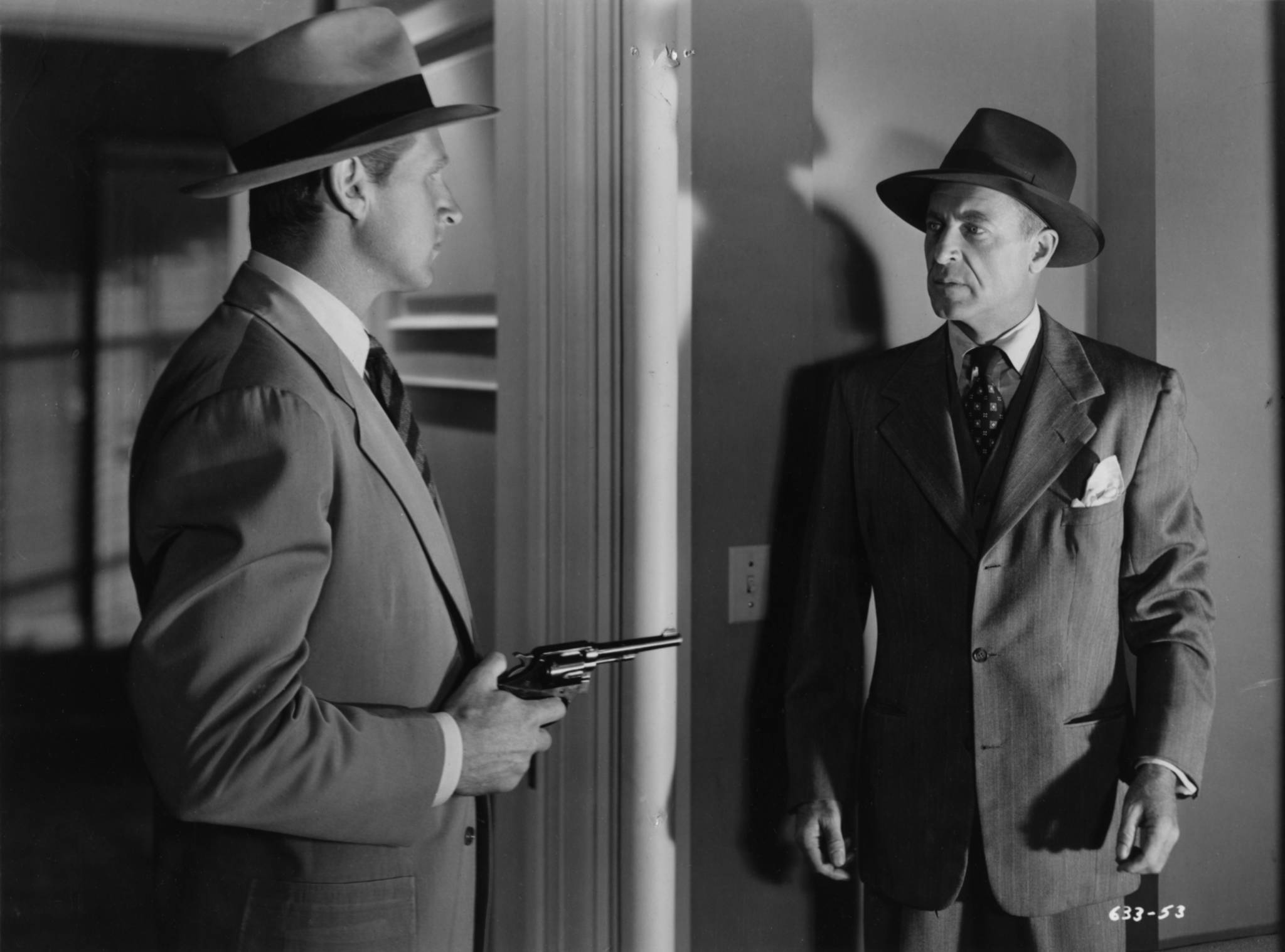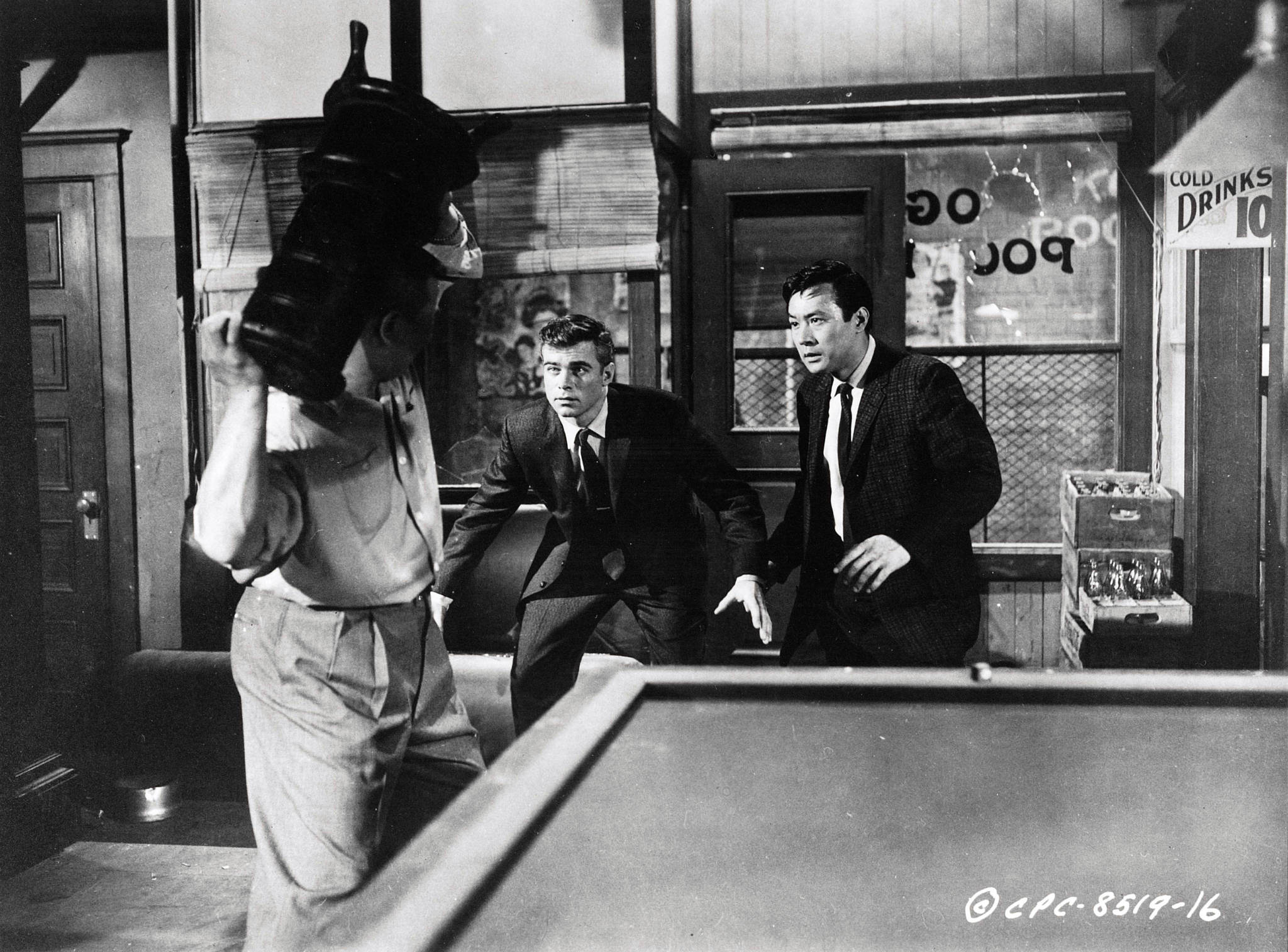Noir City, the annual festival of film noir at the Castro Theatre and a heavyweight of the local rep scene, picks up on Jan. 25 where last year’s edition left off—the 1950s. Beginning with Trapped and The File on Thelma Jordan (both 1950), the festival advances year-by-year, double-feature-by-double-feature, all the way through to Underworld USA and Blast of Silence (both 1961, and playing Feb. 3).
While lacking the thematic unity of earlier editions centering on newspaper films or international noir, this chronological approach allows the audience to track noir’s sharp turn towards corrosive social commentary, implacable anxiety, and stylistic fragmentation and flourish. Seen in this light, Jean-Luc Godard’s Breathless (1960), which plays opposite Psycho (1960) in the festival’s penultimate program, appears less a radical break than one of a whole cluster of films doing things differently.
In spite of the wholesome image of the 1950s peddled on the television programs of the time (and by political reactionaries ever since), the decade was a golden age for deeply neurotic, formally experimental Hollywood fare. Some of the darkest movies of the period were miles from noir—as far as Douglas Sirk’s heaving Technicolor and Jerry Lewis’s manic movements—but this Noir City offers an especially potent sampling of films refuting the myth of the fabulous fifties.

I was still learning to tell the difference between The Big Heat (1953) and The Big Combo (1955)—to say nothing of The Big Steal (1949) and The Big Knife (1955)—when I interviewed Noir City founder Eddie Muller in 2007 for a San Francisco Bay Guardian story. I remember being completely bowled over by his talk: here was a booster who really knew his stuff, with an intimate understanding of how these movies were made and what, precisely, made them good.
In the 11 years since—the same interval, I realize with a start, covered in this program’s span—Noir City has spawned a cottage industry of all things noir: books (this year’s Noir City Annual is the tenth), DVD commentary tracks, satellite spinoffs (series are in the works for Seattle, Los Angeles, Austin, Boston, Chicago, Detroit and Washington D.C.), and—perhaps the truest expression of Muller’s ardor—restored 35mm film prints.





